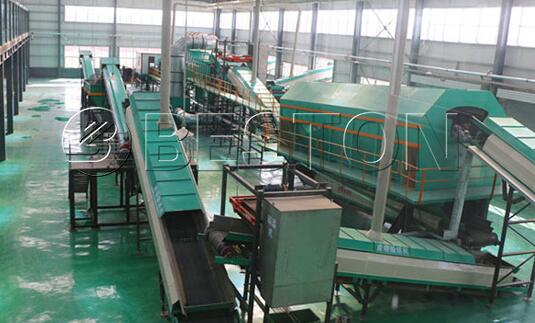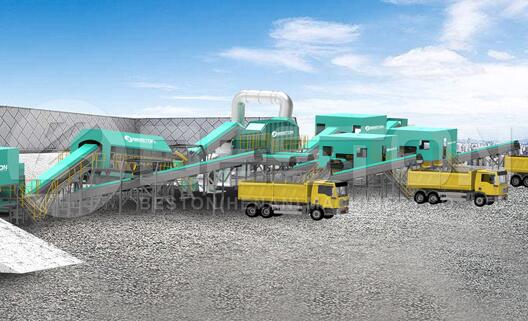As large cities grow ever larger the challenges in terms of liveability that must be faced by authorities grow ever more complex. One of the most pressing of these challenges is the process of garbage disposal (disposicion de basura). The amount of garbage that is generated each year is simply staggering. In the U.S. alone around 38.5 million tons of garbage is generated each year – and that amount seems set to grow at an average of around 3.5% year on year. The strategies that are used to dispose of this garbage vary – but it seems that we are fast running out of ideas when it comes to dealing with the mountain of garbage that we produce.

The first way that cities deal with garbage is by simply relocating the problem – and in some cases literally burying it. This is where landfills come into play. However, there are problems when it comes to the use of landfills. Firstly there is only so much space which can be used for landfills. Many of the larger landfills around the world have no reached the end of their usefulness- they simply cannot absorb any more garbage. The means that landfills need to be developed further away from major urban areas. The knockon effect of this means that garbage disposal becomes more labor and energy-intensive. The transport of garbage to these remote landfills places more strain on already stressed road networks. it also means a greater expenditure of fossil fuels – and more pollution during the transportation phase of garbage disposal.
These problems are only the thin edge of the wedge – the real issues arise when the garbage arrives at the landfill. The garbage that we deposit at these sites can be enormously damaging to the natural environment. Garbage landfills release staggering amounts of toxins into sometimes delicate ecosystems(https://www.bestoneco.com/planta-de-pirolisis-de-lodo-aceitoso/). Although great strides have been made to ensure that runoff and leaching to not occur – they are still an enormous issue. In conjunction with these toxins, there is also the issue of Greenhouse gases that are released from landfills – an average landfill releases large amounts of methane for instance.

There are other methods of disposing of garbage. We can incinerate it – but that comes with its own set of problems. Incineration also releases toxins into the atmosphere. It can be used to generate power – but that is very much a byproduct of the incineration process (proceso de incineración).
Other approaches are being tried – and many – such as Pyrolysis have shown great promise in releasing energy that is contained in plastics – which make up an increasingly large percentage of our garbage.
However, what is becoming increasingly apparent is that we have to change our mindset. Issues such as recycling need to be addressed – we simply do not recycle enough. Around 75% of the material that lands up in landfills can be repurposed. We need to do more – and think harder about issues such as sustainability. If we do not continue to innovate we run the very real risk of drowning in mountains of garbage. Maybe you need a reliable solution to handle the garbage, click www.bestoneco.com for more informations.